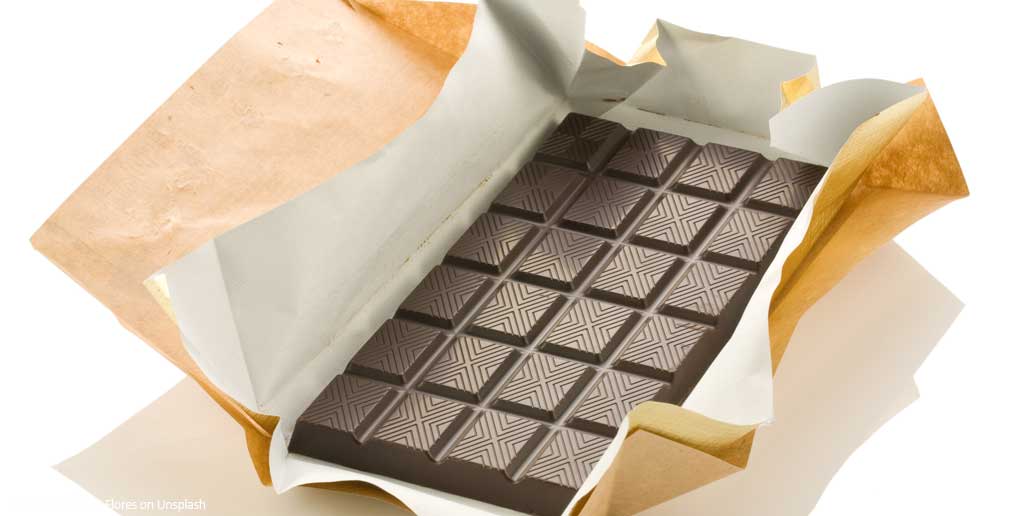
Best Way to Store Different Types of Chocolates
Chocolate is a universally loved treat, but improper storage can affect its taste, texture, and quality. Different types of chocolate—dark, milk, white, and filled or flavoured varieties—have unique storage requirements to ensure they remain fresh and delicious. In this article, we’ll explore the best ways to store different types of chocolate to ensure they stay fresh and maintain their optimal flavour and texture. From understanding the ideal temperature ranges to knowing when refrigeration or freezing might be necessary, these tips will help you enjoy your chocolate to its fullest potential—whether it’s a gift you want to save for later or a treat you’re savouring right now. Let’s dive into the specific ways to store chocolates for every chocolate lover!
General Storage Guidelines
Before diving into specifics, it’s important to remember a few universal principles:
- Temperature Control: Chocolate should ideally be stored in a cool, dry place with a temperature range of 15°C to 21°C (59°F to 70°F). Storing chocolate at higher temperatures can cause it to melt or develop a whitish coating called fat bloom, which occurs when cocoa butter separates and rises to the surface.
- Humidity: Keep chocolate away from moisture. High humidity (above 50%) can lead to sugar bloom, where sugar crystals rise to the surface, making the chocolate gritty.
- Light and Odor Protection: Store chocolate in a dark environment away from sunlight, as UV rays can alter its flavour. Chocolate also absorbs odours easily, so avoid placing it near strong-smelling foods like onions or spices.
- Packaging: Always keep chocolate in its original wrapping or transfer it to an airtight container to preserve its freshness and prevent exposure to air.
How to Store Dark Chocolate
Dark chocolate has a higher cocoa content and less sugar and dairy, making it more stable compared to other types. Dark chocolate can withstand slightly higher temperatures than milk or white chocolate, but it’s still best to keep it cool and dry.
- Shelf Life: Dark chocolate can last up to 2 years when stored properly.
- Ideal Conditions: Wrap it tightly in foil or place it in an airtight container to protect it from moisture and odours.
How to Store Milk Chocolate
Milk chocolate contains milk solids, making it more susceptible to spoilage than dark chocolate. Avoid storing milk chocolate in the refrigerator unless absolutely necessary (e.g., during hot summer months), as the change in temperature can cause condensation and lead to sugar bloom.
- Shelf Life: Milk chocolate typically lasts 6 to 12 months.
- Storage Tip: To prevent it from becoming stale, store milk chocolate in a tightly sealed container.
How to Store White Chocolate
White chocolate is made from cocoa butter, sugar, and milk solids, but lacks cocoa solids. Its high-fat content makes it particularly sensitive to heat and odours. Because of its sensitivity, white chocolate should always be stored in a consistently cool and dark environment.
- Shelf Life: White chocolate can last 4 to 6 months when stored correctly.
- Special Care: Keep white chocolate tightly wrapped to avoid flavour absorption from nearby foods.
How to Store Filled or Flavored Chocolates
Filled chocolates, such as truffles or caramels, and flavoured varieties often have shorter shelf lives due to their fillings. When refrigerating, allow chocolates to return to room temperature before unwrapping them to avoid condensation.
- Shelf Life: These typically last 1 to 3 weeks, depending on the filling.
- Refrigeration: If the chocolates contain perishable fillings like cream or fresh fruit, refrigeration is often necessary. However, wrap them in an airtight container to prevent them from absorbing fridge odours.
How to Store Specialty Chocolates
Artisan chocolates or those made with delicate decorations may have specific storage instructions provided by the manufacturer. Always follow these guidelines to preserve the craftsmanship and flavour.
Common Mistakes to Avoid
- Storing in the Refrigerator Without Wrapping: Chocolate can absorb odours and flavours, compromising its taste.
- Exposing to Rapid Temperature Changes: This can lead to blooming and texture changes.
- Leaving Chocolate in Direct Sunlight: Heat can melt chocolate and cause it to lose its glossy finish.
By following these storage tips tailored to different types of chocolate, you can ensure your treats remain as delightful as the day they were made. Whether you’re a fan of dark chocolate’s richness, milk chocolate’s creamy sweetness, or the delicate taste of white chocolate, proper storage is key to preserving its quality.

